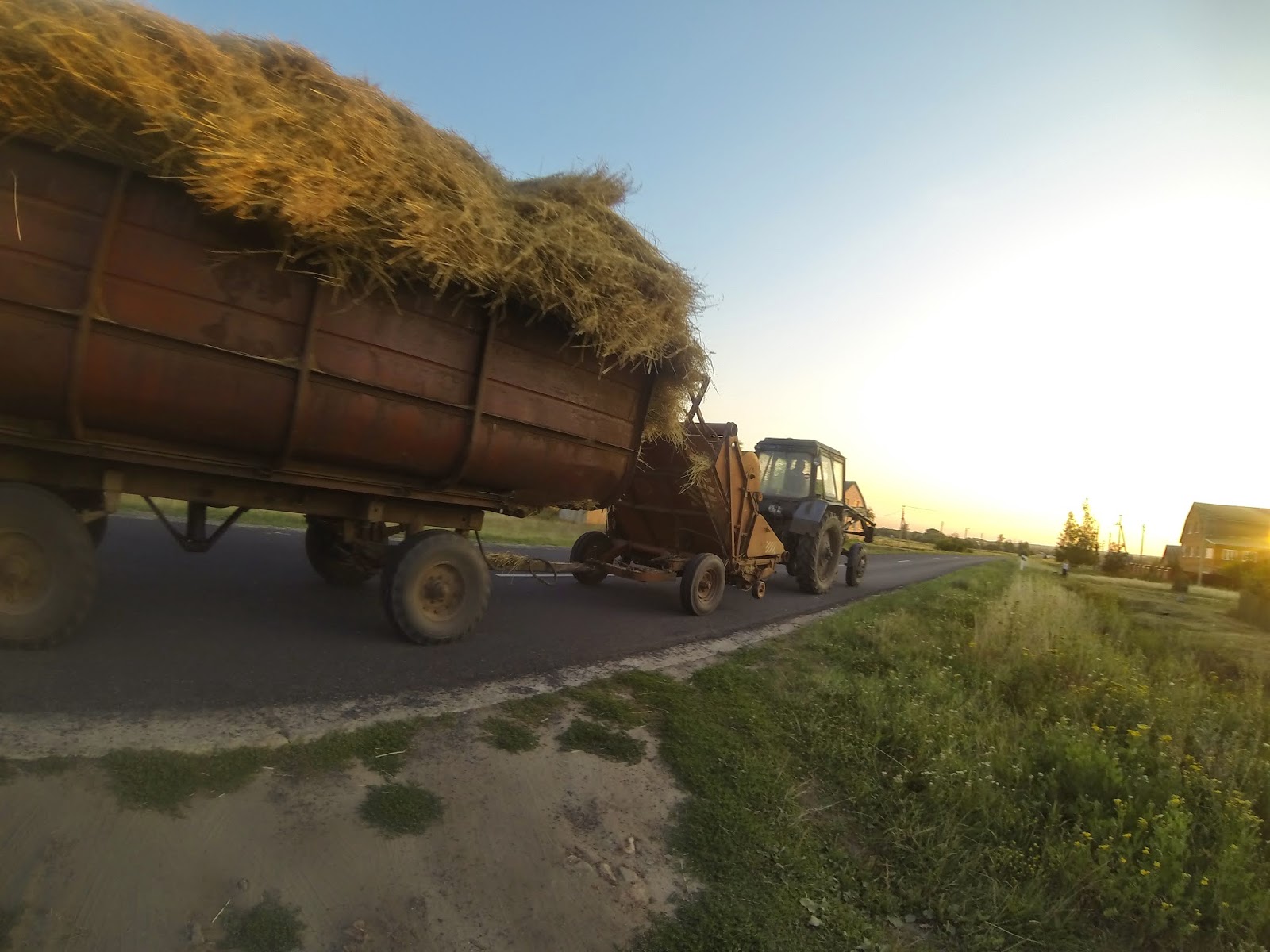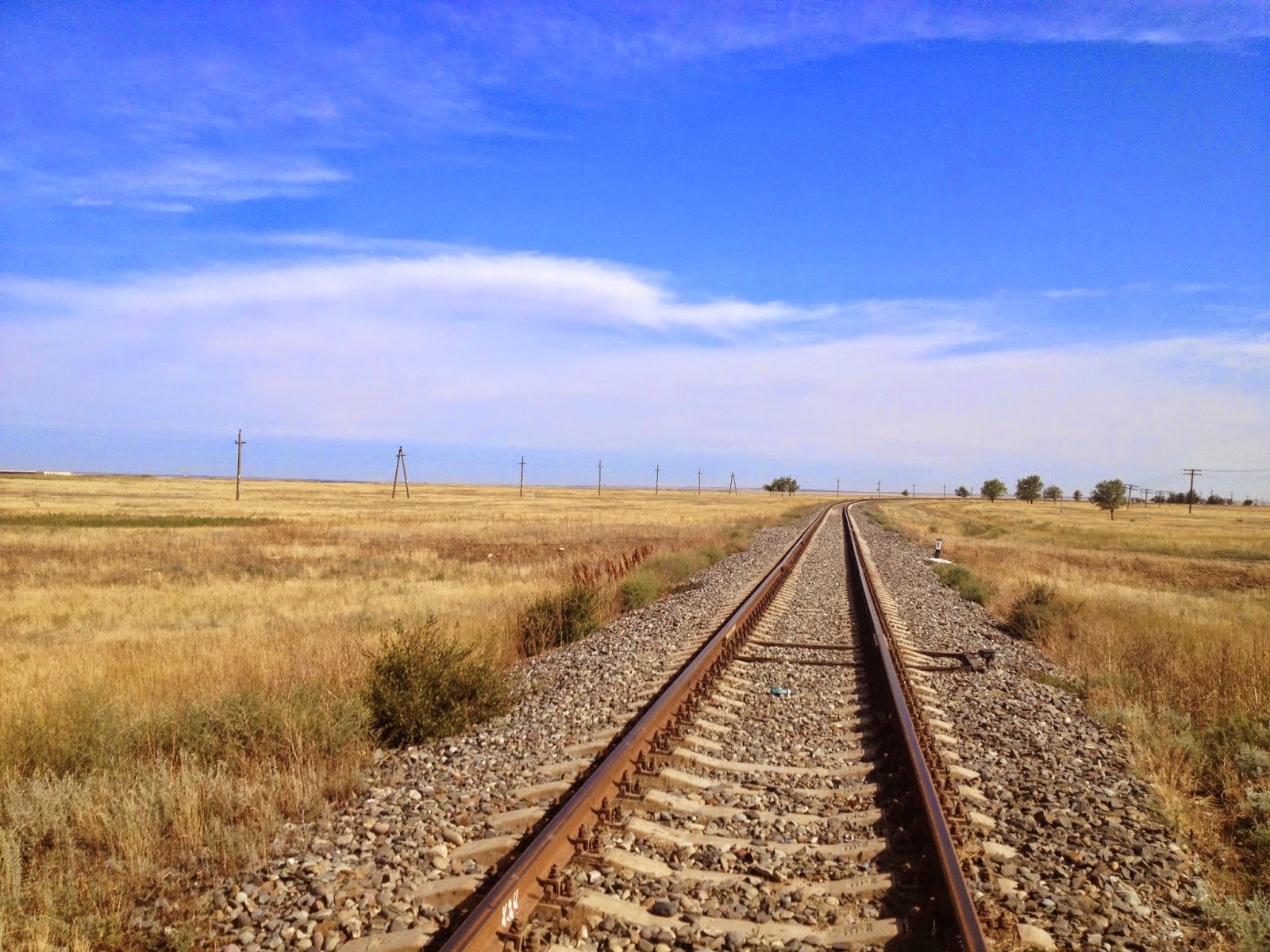 Effective development of Ukraine agricultural will require an
annual investment of $5bn for the next ten years said Oleg Ustenko, Executive
Director of the Bleyzer Foundation.
Effective development of Ukraine agricultural will require an
annual investment of $5bn for the next ten years said Oleg Ustenko, Executive
Director of the Bleyzer Foundation.
I'm glad he said that because from my back of an envelope
calculation I have always said Ukraine needs $50bn to make it a true farming powerhouse.
Mr Ustenko goes on to report that foreign investors are
unwilling to invest in Ukraine because of the high level of corruption,
administrative barriers and imperfections of the judicial system.
I agree that investors are unwilling invest but I would
argue that the level of risk they associate with various issues is over-exaggerated
and misplaced.
Investing in farming in Ukraine carries three basic areas of risks.
First there are agronomic problems associated with the
weather, particularly cold and drought. What farmers do is mitigate the impact of
weather by growing suitable crops, encouraging deep root growth and providing
an ideal environment for plants to grow healthy and strong.
Farmers are well used to the idea that farming is a
production process in a factory without a roof.
Then there is the perceived problem of theft and shrinkage. No one who knows anything about doing
business in Ukraine would deny that theft is widespread but it is not
necessarily as big a problem as perceived.
The trick here is to put in technology, systems and procedures
to make it difficult to steal; you won’t eliminate it but you can limit it.
Then there is the all-encompassing issue of corruption. The subject of corruption requires a thesis
of its own but for the sake of brevity I’ll keep to the idea that corruption is
the local administration and government all over an investment trying to leverage brown envelopes.
Which is partly true in as much as they do hassle you and
require a disproportionate amount of your time but the amount they ask for is a small part of an investment budget.
And to be fair they are usually only asking for support for their budgets
which is insufficient to provide for the local community, easier to think of it
as an additional local tax.
All these risks can relatively easily be managed and
mitigated and are not as big or unique a problem as perceived.
In my experience the main reason investments tend to implode
is because investors make the wrong investment, under invest in key areas, underestimate
the real costs, over expect yields and prices (particularly in the early years),
refuse to listen to and act upon clear information and recommendations and
create more problems than is really necessary.
I continue to advise that Ukraine is a sound long term
agricultural investment opportunity.





.JPG)


















